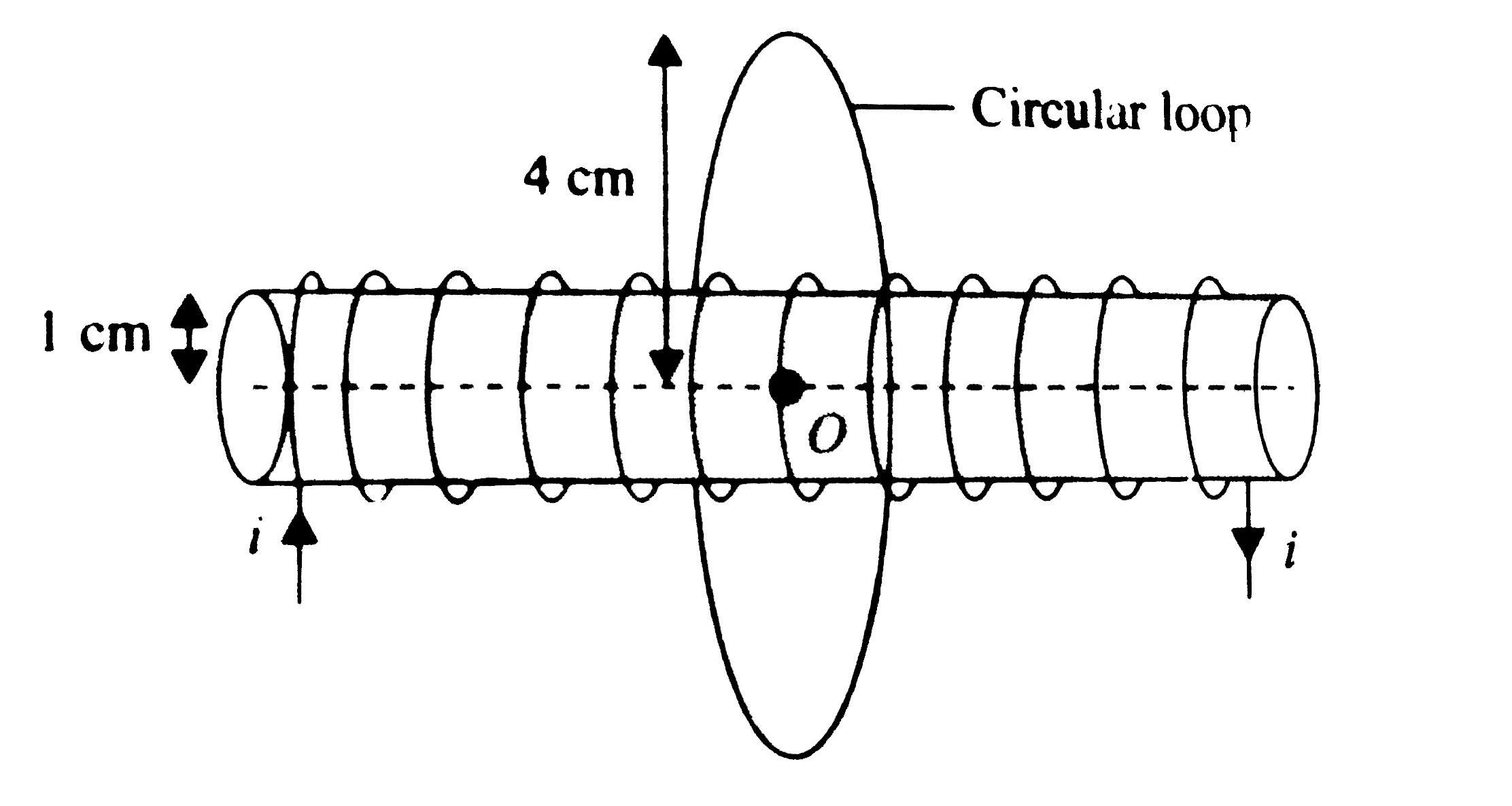Find the equation in vector anf cartesian form of the line passing through the point : (2,-1,3) and perpendicular to the lines .Solution in Punjabi
Step by step video solution for Find the equation in vector anf cartesian form of the line passing through the point : (2,-1,3) and perpendicular to the lines vecr= (hati+hatj-hatk)+lambda(2hati-2hatj+hatk) and vecr= (2hati-hatj-3hatk)+mu(hati+2hatj+2hatk). by Maths experts to help you in doubts & scoring excellent marks in Class 12 exams.
Updated on:21/07/2023Topper's Solved these Questions
- THREE DIMENSIONAL GEOMETRYBOOK - PRADEEP PUBLICATIONCHAPTER - THREE DIMENSIONAL GEOMETRYEXERCISE - EXERCISE
373 Videos
- RELATIONS AND FUNCTIONSBOOK - PRADEEP PUBLICATIONCHAPTER - RELATIONS AND FUNCTIONSEXERCISE - EXERCISE
401 Videos
- VECTORSBOOK - PRADEEP PUBLICATIONCHAPTER - VECTORSEXERCISE - EXERCISE
438 Videos
Similar Questions
Find the points on z-axis which are at a distance of √21 from the point (1,2,3).
View SolutionLet A = (a,b,c) and R be the relation defined on A as follows R = (a,a), (b,c), (a,b) Write minimum number of ordered pairs to be added to R to make R reflexive and transitive.
View SolutionClassify the following physical quantities into scalars and vectors:
9gm
View SolutionThe line through ˆi+3ˆj+2ˆk and perpendicular to the lines →r=(ˆi+2ˆj−ˆk)+λ(2ˆi+ˆj+ˆk) and →r=(2ˆi+6ˆj+ˆk)+μ(ˆi+2ˆj+3ˆk) is
View SolutionFind the vector and Cartesian equations of the plane passing through the point (1,2,-4) and parallel to the lines
→r=(ˆi+2ˆj+ˆk)−λ(2ˆi+3ˆj+6ˆk) and →r=(ˆi−3ˆj+5ˆk)+μ(ˆi+ˆj−ˆk).
View Solutionबिन्दु P(2,-1,3) को जाने वाली तथा रेखाओं →r=(ˆi+ˆj+ˆk)+λ(2ˆi−2ˆj+ˆk) तथा →r=(2ˆi−ˆi−3ˆk)+mμ(ˆi+2ˆj+2ˆk) के लंबवत रेखा का समीकरण ज्ञात कीजिए ।
View Solutionदो रेखाओं जिनके सदिश समीकरण →r=(ˆi+2ˆj+ˆk)+λ(ˆi−ˆj+ˆk) और →r=(2ˆi−ˆj−ˆk)+μ(2ˆi+ˆj+2ˆj) है, के बीच की न्यूनतम दुरी ज्ञात कीजिए ।
View SolutionThe equation of line passing through (3,-1,2) and perpendicular to the lines
→r=(ˆi+ˆj−ˆk)+λ(2ˆi−2ˆj+ˆk)
and →r=(2ˆi+ˆj−3ˆk)+μ(ˆi−2ˆj+2ˆk) is
View SolutionFind the equation of a line passing through the point P(2,−1,3) and perpendicular to the lines →r=(ˆi+ˆj−ˆk)+λ(2ˆi−2ˆj+ˆk) and →r=(2ˆi−ˆj−3ˆk)+μ(ˆi+2ˆj+2ˆk).
View SolutionFind the angle between the lines →r=ˆi−ˆj+ˆk+λ(2ˆi−2ˆj+ˆk) and →r=2ˆi−ˆj+2ˆk+μ(ˆi+ˆj+2ˆk).
View Solution(5, 2, 8) என்ற புள்ளி வழிச் செல்லும் →r=(ˆi+ˆj−ˆk)+s(2ˆi−2ˆj+k) மற்றும் →r=(2ˆi−ˆj−3ˆk)+(ˆi+2ˆj+2ˆk) ஆகிய கோடுகளுக்குச் செங்குத்தானதுமான நேர்கோட்டின் துணையலகு வெ்க்டர் சமன்பாடு மற்றும் கார்டீசியன் சமன்பாடுக்ளைக் காண்க.
View SolutionA long solenoid having n = 200 turns per metre has a circular cross-section of radius a1=1cm. A circular conducting loop of radius a2=4cm and resistance R=5(Ω) encircles the solenoid such that the centre of circular loop coincides with the midpoint of the axial line of the solenoid and they have the same axis as shown in Fig.

A current 't' in the solenoid results in magnetic field along its axis with magnitude B=(μ)ni at points well inside the solenoid on its axis. We can neglect the insignificant field outside the solenoid. This results in a magnetic flux (ϕ)B through the circular loop. If the current in the winding of solenoid is changed, it will also change the magnetic field B=(μ)0ni and hence also the magnetic flux through the circular loop. Obvisouly, it will result in an induced emf or induced electric field in the circular loop and an induced current will appear in the loop. Let current in the winding of solenoid be reduced at a rate of 75A/sec.
When the current in the solenoid becomes zero so that external magnetic field for the loop stops changing, current in the loop will follow a differenctial equation given by [You may use an approximation that field at all points in the area of loop is the same as at the centre
View SolutionFind the equation of the line passing through the point (2, -1, 3) and perpendicular to the lines : →r=(ˆi−ˆj+ˆk)+λ(2ˆi+ˆj−3ˆk) and →r=(ˆi+ˆj−ˆk)+μ(ˆi+ˆj+ˆk)
View SolutionFind the equation of the line passing through the point (1,-2,3) and perpendicular to the lines : →r=(ˆi−2ˆj+ˆk)+λ(ˆi+ˆj+ˆk) and →r=(ˆi−ˆj+2ˆk)+μ(3ˆi−2ˆj−5ˆk)
View SolutionFind the equation of the line passing through the point (1,2,-3) and perpendicular to the lines : →r=(2ˆi−ˆj−ˆk)+λ(2ˆi−ˆj−3ˆk) and →r=(3ˆi−ˆj−2ˆk)+μ(ˆi+ˆj+ˆk)
View SolutionFind the shortest distance between two lines whose vector equations are : →r=ˆi+2ˆj+ˆk+λ(ˆi+ˆj+ˆk) and →r=2ˆi−ˆj−ˆk+μ(2ˆi+ˆj+2ˆk)
View Solution
